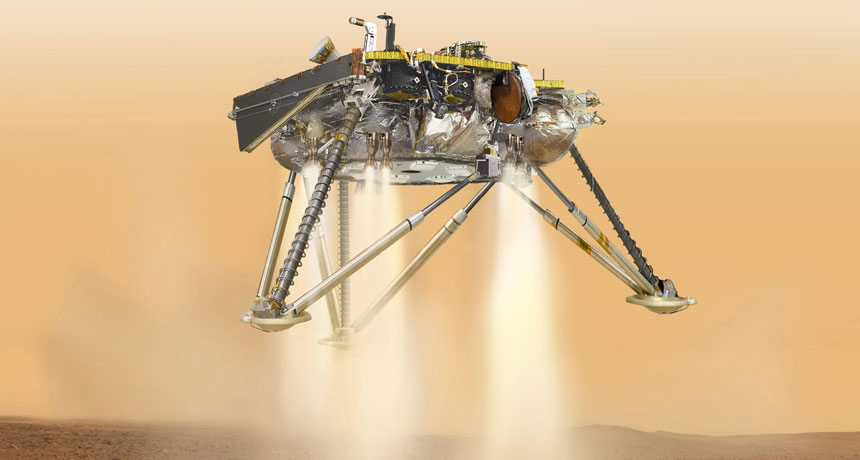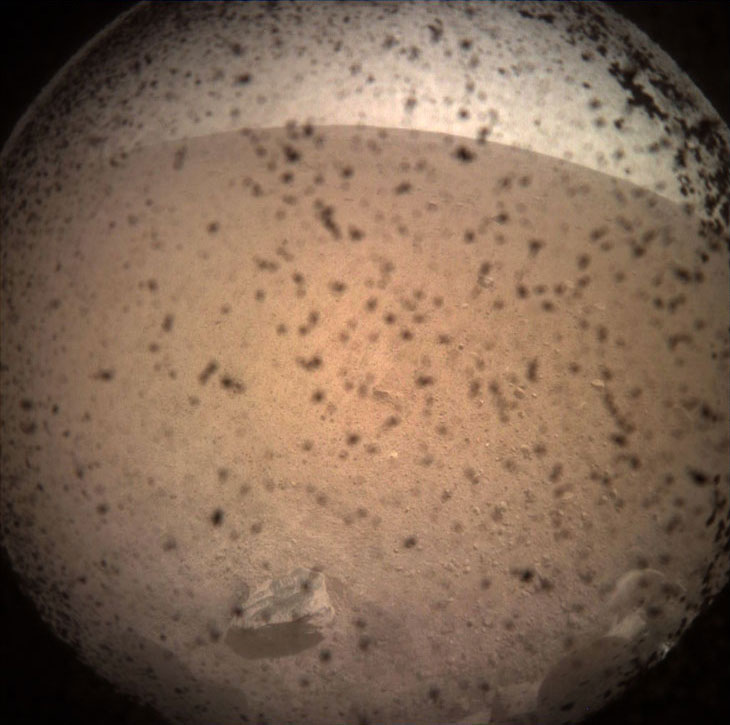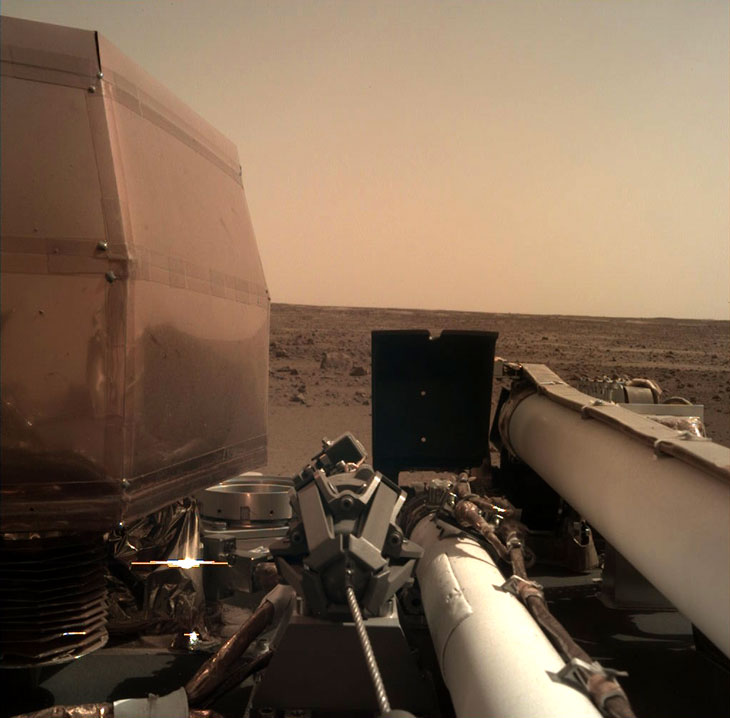acronym A word made by combining some of the starting letter or groups of letters from a number of words. For instance, STEM is an acronym for Science, Technology, Engineering and Math. Radar is an acronym for RAdio Detection And Ranging. Even laser is an acronym for Light Amplification by Stimulated Emission of Radiation.
engineer A person who uses science to solve problems. As a verb, to engineer means to design a device, material or process that will solve some problem or unmet need.
equator An imaginary line around Earth (or other celestial body) that divides it into the Northern and Southern Hemispheres.
lander A special, small vehicle designed to ferry humans or scientific equipment between a spacecraft and the celestial body they will explore.
lens (in physics) A transparent material that can either focus or spread out parallel rays of light as they pass through it. (in optics) A curved piece of transparent material (such as glass) that bends incoming light in such a way as to focus it at a particular point in space. Or something, such as gravity, that can mimic some of the light bending attributes of a physical lens.
Mars The fourth planet from the sun, just one planet out from Earth. Like Earth, it has seasons and moisture. But its diameter is only about half as big as Earth’s.
NASA Short for the National Aeronautics and Space Administration. Created in 1958, this U.S. agency has become a leader in space research and in stimulating public interest in space exploration. It was through NASA that the United States sent people into orbit and ultimately to the moon. It also has sent research craft to study planets and other celestial objects in our solar system.
planet A celestial object that orbits a star, is big enough for gravity to have squashed it into a roundish ball and has cleared other objects out of the way in its orbital neighborhood. The solar system includes eight planets: Mercury, Venus, Earth, Mars, Jupiter, Saturn, Uranus and Neptune.
propulsion The act or process of driving something forward, using a force. For instance, jet engines are one source of propulsion used for keeping airplanes aloft.
Red Planet A nickname for Mars.
satellite A moon orbiting a planet or a vehicle or other manufactured object that orbits some celestial body in space.
seismic wave A wave traveling through the ground produced by an earthquake or some other means.
seismograph (also known as a seismometer ) An instrument that detects and measures tremors (known as seismic waves) as they pass through Earth.










